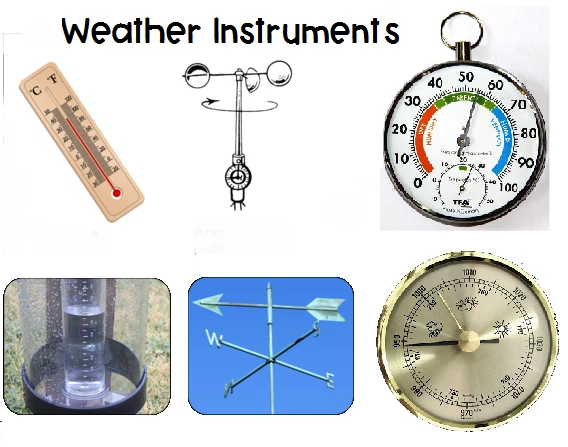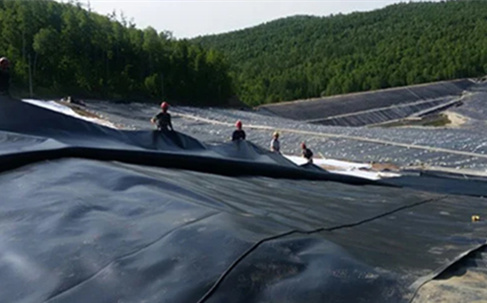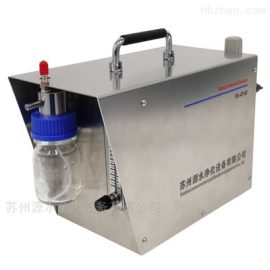Weather Instruments: Essential Tools for Accurate Forecasting

# Weather Instruments: Essential Tools for Accurate Forecasting
## Introduction to Weather Instruments
Weather instruments are specialized tools designed to measure various atmospheric conditions. These devices play a crucial role in meteorology, helping scientists and weather enthusiasts gather accurate data for forecasting and climate studies.
## The Most Common Weather Instruments
### 1. Thermometer
The thermometer is perhaps the most recognizable weather instrument. It measures air temperature using either mercury or alcohol in a glass tube or digital sensors in modern versions.
### 2. Barometer
Barometers measure atmospheric pressure, which is essential for predicting weather changes. Mercury barometers use liquid mercury in a glass tube, while aneroid barometers use a sealed metal chamber.
### 3. Hygrometer
This instrument measures humidity levels in the air. Modern hygrometers often use electronic sensors, while traditional versions might use human hair or other materials that change with moisture.
### 4. Anemometer
Anemometers measure wind speed. The most common type has three or four cups that rotate with the wind, while other versions use ultrasonic sensors or pressure plates.
### 5. Wind Vane
Also called a weather vane, this instrument shows wind direction. The arrow-shaped device rotates to point into the wind, indicating where the wind is coming from.
### 6. Rain Gauge
This simple but important tool measures precipitation amounts. Standard rain gauges collect rainfall in a cylinder, while more advanced versions can measure intensity and duration.
## Advanced Weather Instruments
### 7. Weather Balloons
These carry instrument packages called radiosondes high into the atmosphere to measure temperature, humidity, pressure, and wind at various altitudes.
### 8. Weather Satellites
Orbiting satellites provide comprehensive data about cloud cover, storm systems, and other large-scale weather phenomena that ground instruments can’t observe.
### 9. Doppler Radar
This advanced radar system can detect precipitation, measure its intensity, and determine wind speed and direction within storms.
## The Importance of Weather Instruments
Accurate weather forecasting depends on reliable data from these instruments. They help predict severe weather, guide agricultural decisions, assist in aviation safety, and contribute to climate research. Modern technology has improved instrument accuracy, but even basic tools remain essential for weather observation.
From backyard weather stations to sophisticated national weather services, these instruments form the foundation of our understanding of atmospheric conditions and help us prepare for whatever weather may come.
Keyword: wether instruments


